Table of content
Boiling eggs might seem like a straightforward task, but achieving that perfect, intact boiled egg with a yolk that’s either creamy or fully set, depending on your preference, can be a bit of a challenge. Many home cooks have faced the frustration of cracked shells, overcooked yolks, or rubbery whites. The good news is, with a few simple techniques and tips, you can master the art of boiling eggs that remain perfectly intact. This guide will delve into the science behind boiling eggs, the best practices for achieving consistent results, and troubleshooting common issues to ensure your boiled eggs are always a success.
Understanding the Science Behind Boiling Eggs
Before diving into the steps, it’s essential to understand what happens to an egg when it’s boiled. An egg consists of several layers: the outer shell, two membranes (inner and outer), the albumin (egg white), and the yolk. When an egg is submerged in boiling water, the proteins in the white and yolk begin to denature, which means they change shape and firm up. The key to preventing the egg from cracking lies in controlling the temperature and handling it gently.
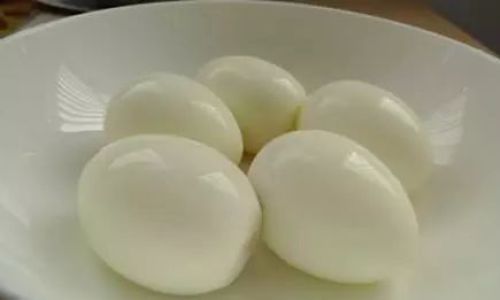
-
Temperature Shock: Rapid changes in temperature can cause the egg to crack. For instance, placing a cold egg directly into boiling water creates a significant temperature differential, which can cause the shell to crack.
-
Pressure and Expansion: As the egg heats up, the air pocket inside expands. If this pressure isn’t managed properly, it can also lead to cracking.
-
Egg Freshness: Fresher eggs are more likely to crack due to their tighter membranes and more robust air cells. Older eggs, on the other hand, have more porous shells and looser membranes, making them less prone to cracking.
Step-by-Step Guide to Boiling Perfectly Intact Eggs
Now that we understand the science, let’s walk through the process of boiling eggs step-by-step.
Step 1: Preparation
-
Select Your Eggs: While older eggs are generally easier to boil without cracking, they should not be too old as the yolks can become dry and mealy. Aim for eggs that are a week or two old.
-
Bring Water to a Boil: Fill a pot with enough water to fully submerge the eggs and bring it to a rolling boil. Using a pot with a lid helps retain heat and reduces evaporation.
-
Prepare the Eggs: If you have time, bring the eggs to room temperature by placing them in a bowl of warm water for about 15 minutes. This minimizes temperature shock.
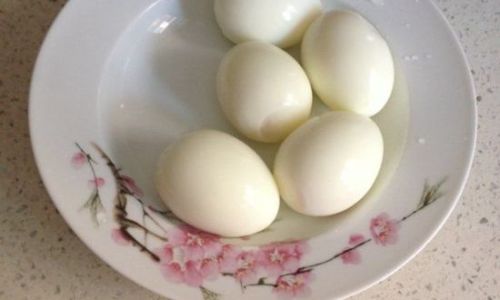
Step 2: Adding the Eggs
-
Gentle Entry: Use a spoon to gently lower the eggs into the boiling water. This prevents them from hitting the bottom of the pot directly, which can cause cracks.
-
Timing: The cooking time depends on your preference for the yolk:
- Soft-Boiled Eggs: 4-5 minutes
- Medium-Boiled Eggs: 6-7 minutes
- Hard-Boiled Eggs: 9-12 minutes
-
Maintain the Boil: Once the eggs are in, keep the water at a gentle boil. Avoid stirring the eggs as this can increase the risk of cracking.
Step 3: Cooling and Peeling
-
Immediate Cooling: Once the eggs have reached your desired cooking time, immediately remove them from the boiling water and place them in an ice bath. This stops the cooking process and makes the eggs easier to peel.
-
Peeling Technique: After the eggs have cooled for about 5 minutes, crack the shell gently all around, then roll it between your hands to loosen the shell. Start peeling from the larger end, where the air pocket is, and gently pull the shell off.
Troubleshooting Common Issues
While the above steps should yield perfectly intact eggs, issues can still arise. Here’s how to troubleshoot and prevent common problems.
Cracked Shells
- Cause: Rapid temperature change, rough handling, or overly fresh eggs.
- Solution: Bring eggs to room temperature before boiling, use a spoon to gently lower them into the water, and consider using older eggs.
Overcooked Yolks or Whites
- Cause: Boiling for too long or not using an ice bath to stop the cooking process.
- Solution: Use a timer and stick to the recommended cooking times for your desired yolk consistency. Always transfer eggs to an ice bath immediately after boiling.
Difficult to Peel
- Cause: Fresh eggs have tighter membranes that adhere more strongly to the shell.
- Solution: Use older eggs, and always cool the eggs in an ice bath after boiling. Gently tapping the shell all over before peeling can also help loosen it.
Green Rings Around the Yolks
- Cause: Overcooking causes the sulfur in the yolk to react with the iron in the egg white, forming a greenish ring.
- Solution: Boil eggs for the minimum time required to reach your desired doneness. An ice bath immediately after cooking helps prevent further cooking.
Advanced Techniques for Perfect Boiled Eggs
For those who want to take their boiled egg skills to the next level, here are a few advanced techniques and variations.
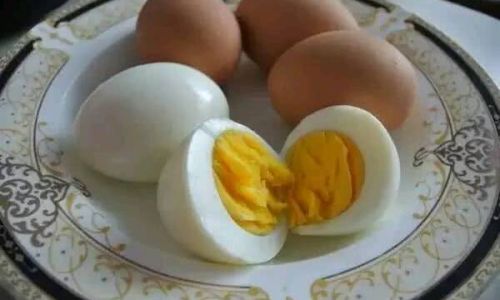
Steaming Eggs
Steaming is an alternative method that can yield evenly cooked eggs with a lower risk of cracking.
- Fill a pot with an inch of water and bring it to a simmer.
- Place the eggs in a steamer basket above the water.
- Cover and steam for the same times as boiling (4-5 minutes for soft-boiled, 6-7 for medium, 9-12 for hard-boiled).
- Immediately transfer to an ice bath.
Pressure Cooker Eggs
Using a pressure cooker can be a quick and efficient way to cook eggs, especially if you’re making a large batch.
- Add 1 cup of water to the pressure cooker.
- Place a trivet or steamer basket inside.
- Add eggs and lock the lid.
- Cook on high pressure for 3 minutes for soft-boiled, 4 minutes for medium, and 5-6 minutes for hard-boiled.
- Quick-release the pressure and transfer eggs to an ice bath.
Sous Vide Eggs
For the ultimate in precision and control, you can use the sous vide method.
- Preheat a water bath to your desired temperature (145°F for soft-boiled, 155°F for medium, 167°F for hard-boiled).
- Place eggs in vacuum-sealed bags or silicone egg poaching bags.
- Cook for 45 minutes to 1 hour, depending on the desired doneness.
- Ice bath and peel as usual.
Conclusion
Boiling eggs might seem like a basic cooking skill, but achieving perfectly intact, consistently cooked eggs requires attention to detail and an understanding of the science behind the process. By following the steps outlined in this guide, using gentle handling, and employing advanced techniques if desired, you can elevate your boiled eggs from mundane to masterful. Whether you prefer a creamy soft-boiled yolk or a fully set hard-boiled egg, with the right techniques, you’ll never have to settle for less than perfect again. Happy boiling!

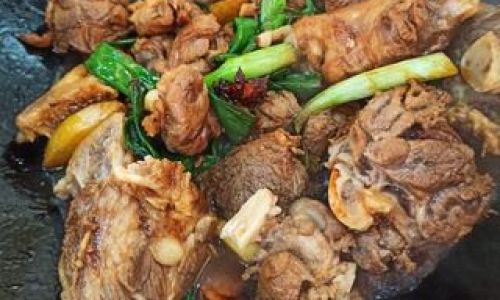



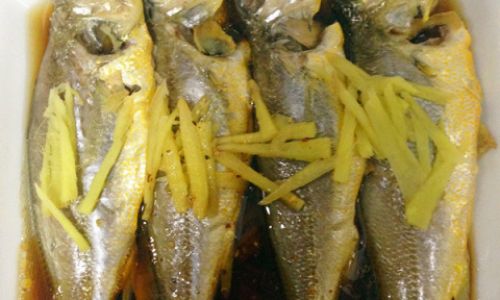
0 comments